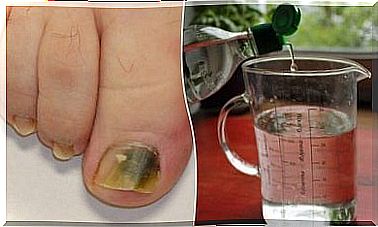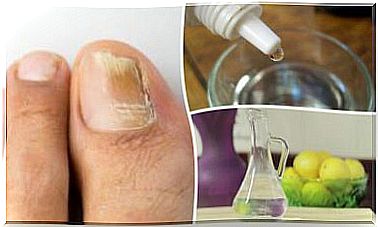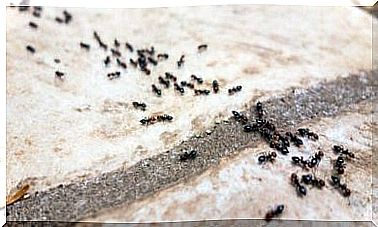Treatment Of Soft Tissue Injuries
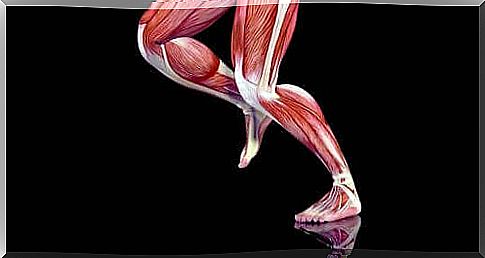
Soft tissue injuries occur in the soft parts of the musculoskeletal system, specifically in tendons, ligaments and muscles. Muscles are made up of a set of fibers that can be shortened, shrunk and stretched due to their elasticity. In the following, we will discuss the treatment of soft tissue injuries.
The tendons are the parts of the muscles that connect this tissue to the bones. The tendons transmit energy to the bone to trigger movement.
The ligaments are similar in structure to the tendons. However, their role is to unite and stabilize the components that form a joint. Soft tissue injuries are divided into two categories: acute and chronic (caused by overload).
Acute soft tissue lesions
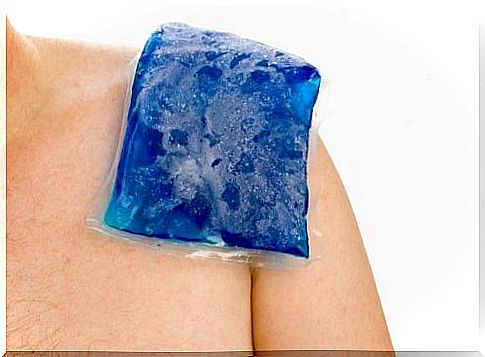
These types of injuries are caused by sudden traumas, such as falls or blows. Sprains, stretches and bruises belong to this category.
Sprains
- Grade 3 or severe: total rupture of the ligament, which causes loss of balance.
Stretching
bruising
A contusion or bruise is the result of an external force or blow. Due to the rupture of the blood vessels, the color changes in the skin. Bruising can sometimes limit the affected person’s ability to move.
Treatment of soft tissue wounds
The treatment of soft tissue injuries varies depending on their type and severity. In case of an acute injury, the initial treatment applied corresponds to the OGCR protocol: rest, ice, compression and lifting.
It is important to stop the activity that caused the injury and apply ice or cold compresses to the painful area for 20 minutes, several times a day. Moreover, to prevent inflammation, experts recommend wearing an elastic compression bandage and lifting the injured limb above the level of the heart.
The treatment of minor sprains also follows the OGCR protocol. However, moderate sprains often require a period of immobilization, and severe sprains may even require surgery to repair the injury.
In terms of stretching, experts recommend rest, applying ice and compression and lifting. Implement this protocol and perform simple exercises to relieve pain and restore mobility to the affected limb. Most light stretches respond excellently to the OGCR protocol.
Chronic soft tissue lesions
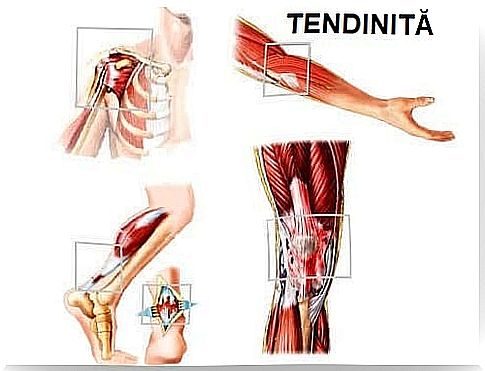
These lesions appear gradually over time. It occurs when someone does physical activity so often that his body does not have enough time to heal. Tendinitis and bursitis are the most common soft tissue injuries included in this category.
Tendinitis
This soft tissue injury is inflammation or irritation of the tendon. Tendonitis usually occurs due to repeated exertion to the tendon. Typical symptoms of tendinitis are inflammation and pain, which worsens with continued activity.
grant
Bags are small gelatinous bags that are located around the shoulders, elbows, hips, knees and ankles. They contain a small amount of fluid and are located between the bones and soft tissues. Thus, the stock exchanges act as pillows to reduce friction. Bursitis is the inflammation of a bursa. This condition occurs as a result of repeated efforts.
Treatment of soft tissue injuries caused by overload
Experts recommend resting, taking anti-inflammatory drugs and performing exercises to improve flexibility. If the inflammation persists, it can cause significant damage to the tendon, which may require surgical treatment.
You can improve your bursitis by changing your daily routine. You should also take anti-inflammatory drugs. If you do not notice any improvement, it may be necessary to remove the liquid accumulated in the bag.



